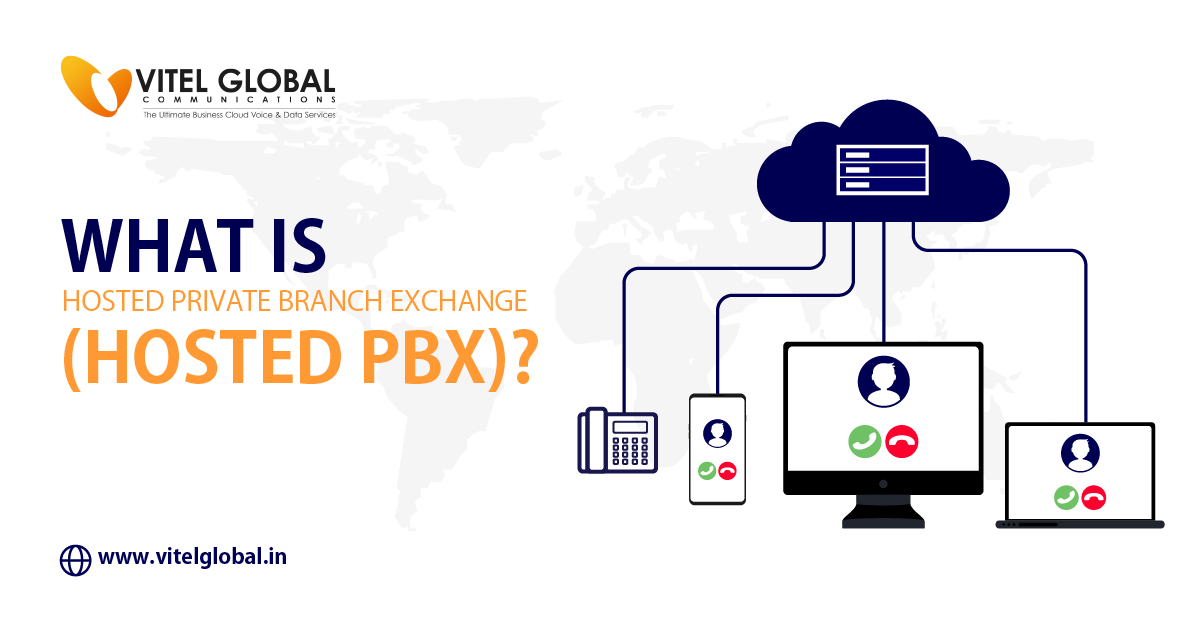Table of Contents
Customer success has taken a major role in this constantly changing world of customer service. Understanding the customer journey and incorporating the newest service trends are essential for businesses aiming to provide exceptional customer service.
To effectively meet the needs of their consumers, businesses must keep up with the latest developments in client service, including the impact of digitization and shifting consumer preferences.
The top 7 customer service trends of 2023 are compiled and discussed in this post to spread awareness.
Customers Now Have Higher Expectations for a Tailored Experience
Increased demand for services and interactions provided to specific consumer needs and preferences are reflected in the trend of rising customer expectations for personalized experiences.
- Customers will receive personalized services for their businesses based on their needs, which vary per their budget constraints.
- Today’s consumers anticipate businesses to prioritize their requirements and interests. When customers contact brands, they want to feel appreciated and understood. Due to this, organizations are being forced to change their focus to customer-centric strategies which can help them to deliver excellent customer service.
- Customers appreciate receiving offers and information that are related to them. They want to feel that the communication they are receiving is specifically designed for them, not just a mass, generic message.
- Because of the development of digital technology, companies now have greater access than ever to customer data, which they can utilize to create more relevant and personalized interactions.
Customer Service Activities are More Automated than Ever
An ongoing trend in this is automation. Automation in customer service refers to using technology to improve operational efficiency, minimize manual chores for the customer support staff, and streamline and enhance customer interactions.
Some automation technologies used in this include:
- Customer service software
- Contact center tools
- Chatbots and virtual assistants
- Process automation
An analysis found that 40% of businesses that enabled automation and AI between September 2019 and September 2021 improved first reply times by 15% or more.
Furthermore, 76 % of client service executives aim to invest in AI technologies to automate client service and contact center operations.
Customers Anticipate Self-Service Choices from Businesses
Customers can use self-service tools to solve problems or get the required information without contacting customer support representatives. It includes procedures like:
- Checking account balances
- Making changes to orders
- Updating account details
- Find common questions and their answers in FAQs
- Troubleshooting problems using guides or tutorials
Customers appreciate self-help tools because they frequently offer quick fixes without the wait times associated with conventional customer support channels.
Even though 40% of businesses feel they already offer enough options, 81 % of customers want more self-service options. Businesses should monitor customer service trends to align with consumers’ expectations.
According to consumer service leaders, call volume is reduced by 65% when self-service alternatives are increased. It demonstrates that adding self-service options is advantageous for organizations.
Customers are Continually Gaining Popularity for Chatbots and Other Messaging Platforms
Chatbots are created to communicate with people in their native languages. Usually, these encounters take place on websites, smartphone apps, or messaging services.
Chatbots may operate round-the-clock and respond right away, which is quite useful when clients demand speedy service whenever they need it.
Additionally, messaging platforms follow the prevailing usage patterns. Both personal communication and connecting with businesses, people are spending more time on messaging apps like WhatsApp, Facebook Messenger, or Slack.
Customers can communicate on these platforms comfortably and conveniently, and they frequently support rich media, such as pictures and videos, to make the conversation more interesting.

According to customer experience trends, more messaging and chat options are available in customer care, with WhatsApp being the most popular option.
One of the New Customer Service Trends is the Preference for Using Social Media Platforms to Connect with Contact Center
Consumers frequently use popular social media websites like Facebook, Twitter, and Instagram. So, when they need assistance or have questions, they can easily and naturally contact companies using these platforms.
In the US, 24% of customers are willing to wait for a response within an hour, while 20% want businesses to respond to their social media inquiries immediately.
Social media makes interactions with the helpline desk public. Since their management of difficulties may impact their brand image and consumer loyalty, organizations are under pressure to respond quickly and effectively.
Conversely, addressing difficulties can show current and potential customers that a business values its clients and effectively addresses their concerns.
Customers can share their experiences more easily on various social channels with others. Happy consumers can promote the brand, at the same time as unhappy customers can swiftly spread bad reviews.
Our vendor selection guide provides additional information on businesses’ various methods to gather customer feedback and analyze consumer data.
Teams in Customer Service Nowadays are Moving Toward Working Remotely
The global COVID-19 epidemic has increased the number of factors impacting the shift toward remote employment for service teams.
Technology developments have mostly made remote work feasible. Frequently, modern customer care solutions utilize cloud-based technology, allowing access from any location with an internet connection. It includes:
- Customer relationship management (CRM) systems
- Chat platforms
- Video conferencing tools
- contact center and client service software
Its representatives may therefore fulfill their duties from home as successfully as they could in an office. According to the number of applications on LinkedIn, client service roles are the fastest-rising remote jobs.
Businesses are Increasingly Prioritizing Customers’ Needs
Businesses place more importance on proactive consumer service, which predicts and resolves customer concerns before developing.
In contrast, traditional reactive consumer service merely responds to problems as they occur. When proactive notifications are sent, 68% of customers are impressed.
The need to enhance customer satisfaction and loyalty, coupled with the accessibility of data analytics for problem prediction, is driving this transition.
Businesses that provide proactive consumer service employ data analysis and consumer behavior prediction to identify problems before they arise. Keeping clients informed about updates, modifications, or anything else that can affect their experience is another aspect of it.
For instance:
- Companies might contact customers to discuss potential problems and offer solutions if a certain product has consistently displayed flaws after a set period.
- Notifying users about a website or service that will be unavailable can help them avoid frustration.
Conclusion
Unprecedented change is occurring in the customer service industry. New technologies will completely change how customers shop.
To give their firms a competitive edge, companies with a forward-thinking mindset have jumped on the latest developments in the industry.
In today’s market structure, we must be proactive and recognize trends before others, where competition is ferocious.







